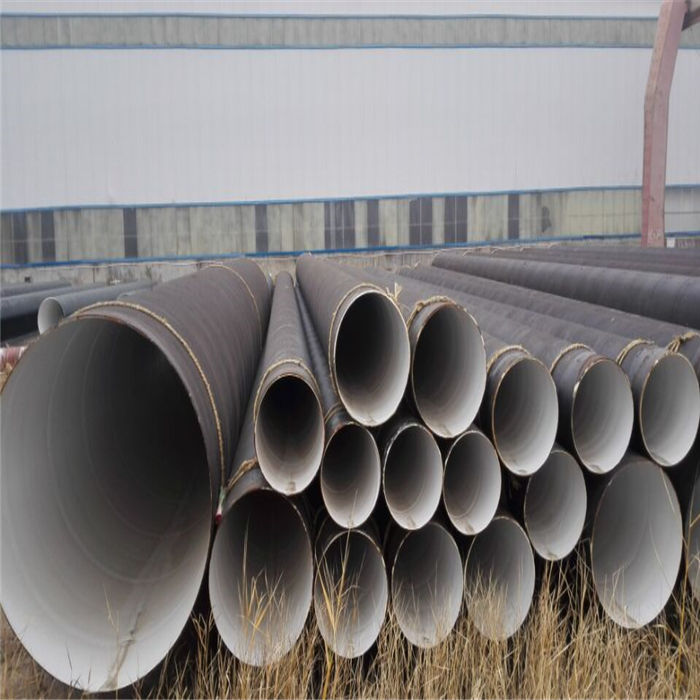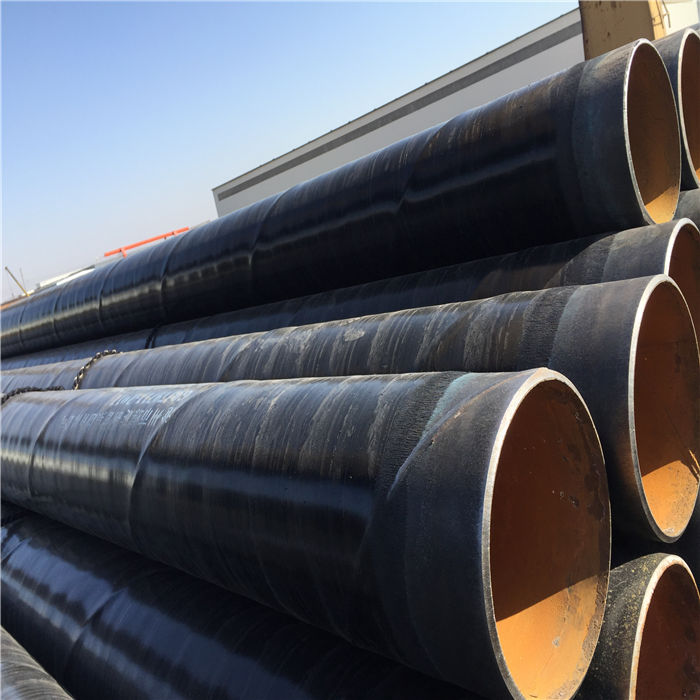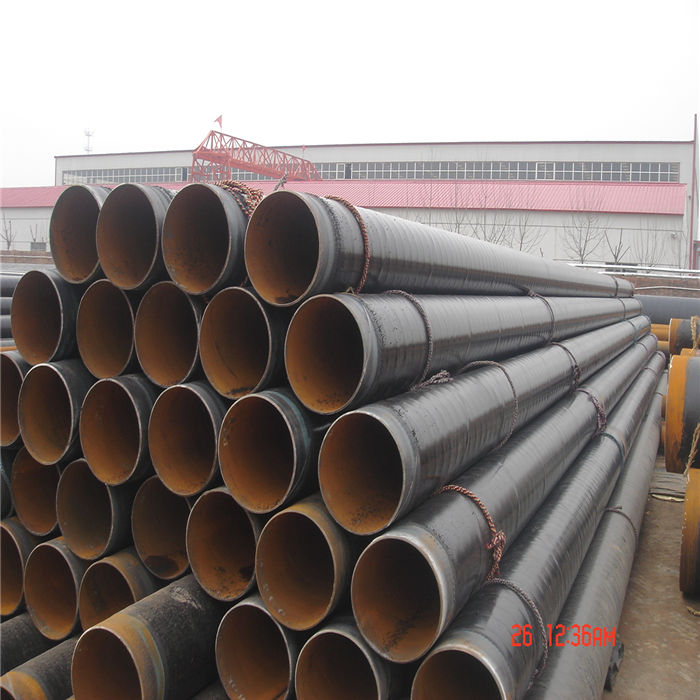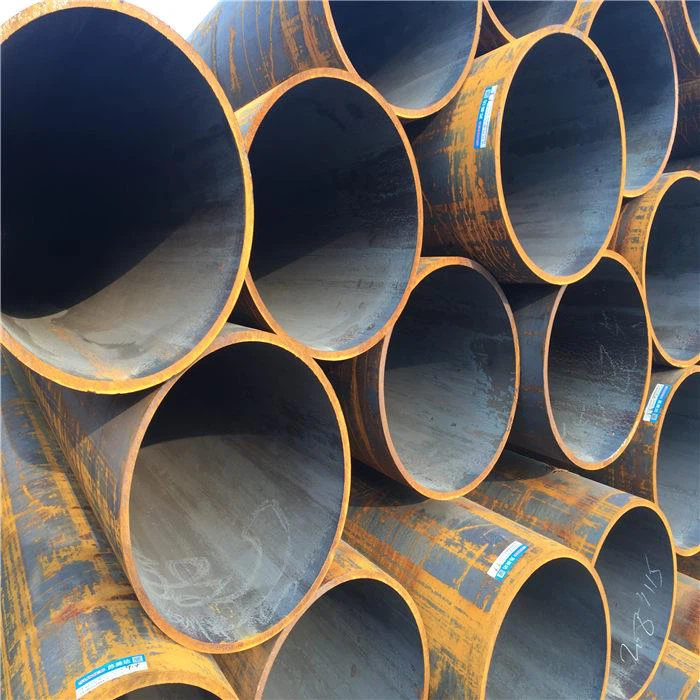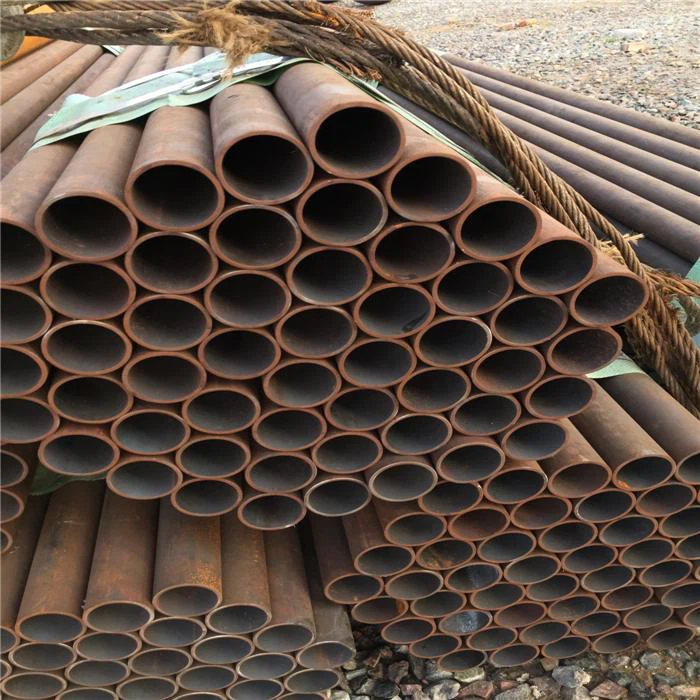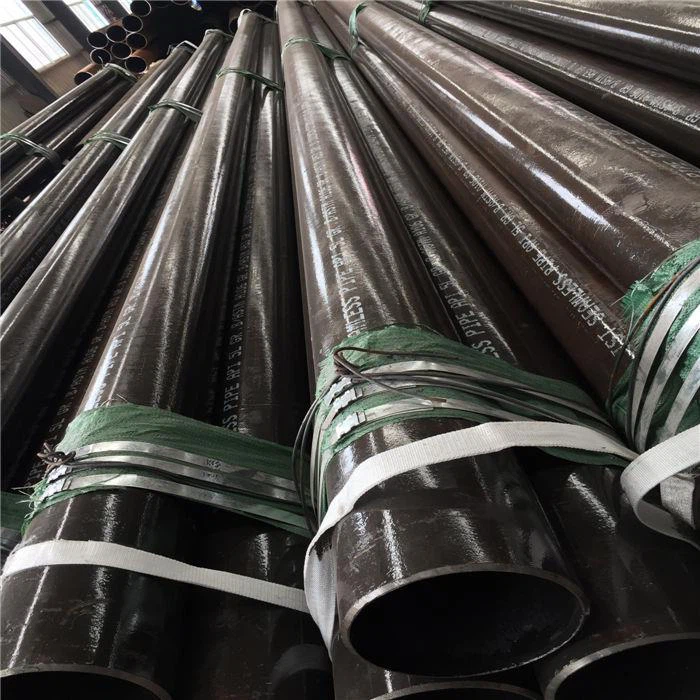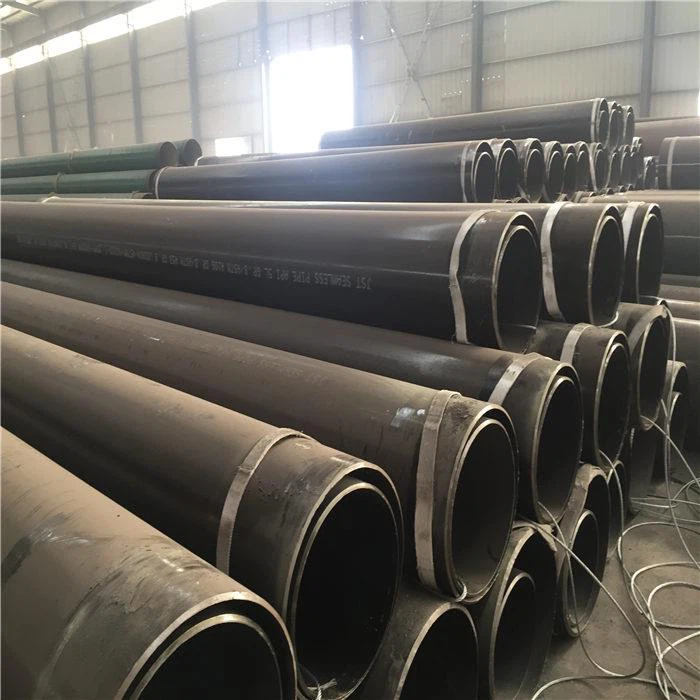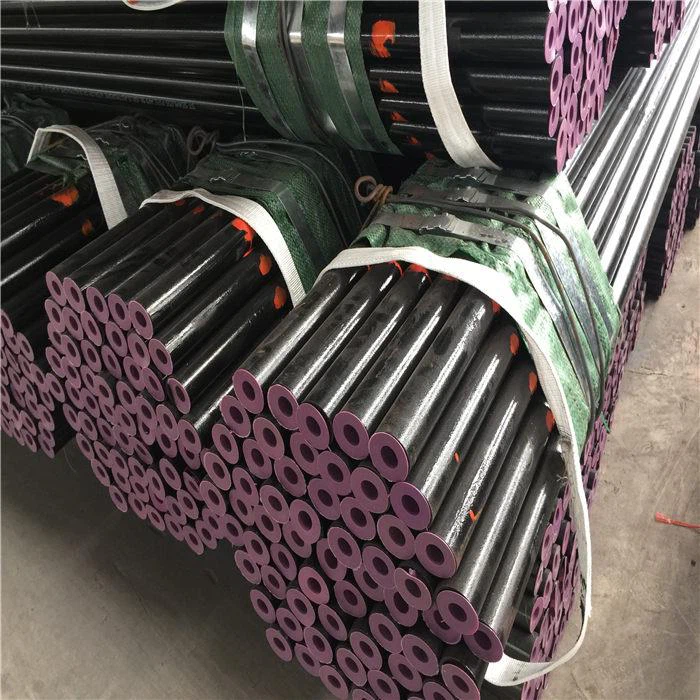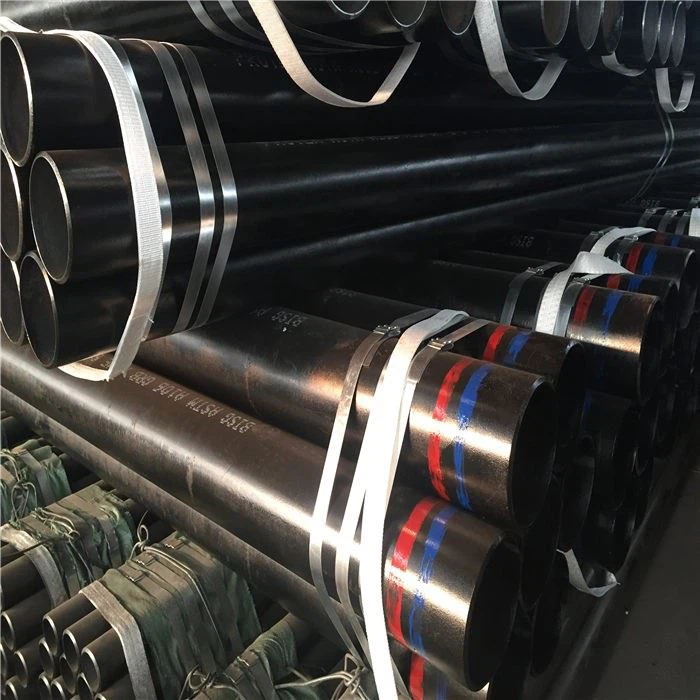Effect of surface hardness and H2S partial pressure on SSC cracking behavior of low-alloy pipeline steel pipe
TMCP(Controlled rolling and cooling process) pipeline steel for oil and gas transmission has been used in harsh acidic environments for a long time, but recently sulfide stress cracking (SSC) caused by local hard zone has become a concern. In order to determine the hardness threshold that causes SSC to occur, the four-point bending (4PB)SSC test specified by NACE TM0316 was performed under several H2S partial pressure conditions. When H2S partial pressure is 1 bar or higher, the surface hardness threshold (0.25 mm from the surface) of 4PB SSC samples without SSC cracks is approximately correlated with the maximum acceptable hardness value of 250 HV0.1. By inhibiting the hard phase of lath bainite (LB) and obtaining the soft granular bainite (GB), a stable surface hardness below 250HV0.1 was obtained, and excellent SSC resistance was obtained. The results show that with the increase of lath bainite LB volume fraction, the surface hardness increases and the SSC crack expands. Under the condition of 16 bar H2S partial pressure, the crack growth rate is accelerated under acidic environment, and H2S promotes the hydrogen embrittlement of the crack. In the 4PB SSC test of 16 bar, the shape of local corrosion is semicircular due to the low degree of local corrosion, which inhibits the stress concentration and the transition to crack. This may be the reason why the SSC sensitivity is similar to the 1 bar condition, especially in 4PB SSC tests with surface hardness below 250 HV0.1.
• In the 4PB SSC test, as the H2S partial pressure increases from 0.07 bar to 1bar, the surface hardness limit of the SSC gradually decreases, and the pressure above 1bar remains unchanged at 250HVv0.1.
• By reducing the cooling rate of the surface layer, the lath bainite LB microstructure is inhibited and a granulated bainite GB microstructure is formed, which can stably guarantee the hardness of 250 HV0.1 or lower, even at H2S partial pressure of 1bar or higher, and improve the SSC resistance.
• When GB + LB mixed microstructure with hardness greater than 250HV0.1 is formed, SSC sensitivity increases at higher H2S partial pressure.
• Considering the influence of H2S partial pressure on the corrosion process, corrosion loss and local corrosion depth are maximum at 0.15 bar, and corrosion is inhibited at 1 bar. At the condition of 1bar, dense FeS was formed on the surface of the material as the corrosion product, and the inhibition effect of the corrosion product on the iron dissolution reaction was verified by electrochemistry. H2S affects the formation of protective corrosion products FeS and becomes an influential factor in acid corrosion.
• From the SSC test results of 4PB, it is found that in acidic environment, partial pressure greater than 1bar H2S will enhance SSC. The reason is that at a partial pressure of 0.15 bar H2S, hydrogen embrittlement is one of the driving forces of crack propagation, so it is presumed that hydrogen embrittlement is promoted by H2S.
• From the potentiostatic SSRT test results, SSC expansion is controlled by the balance of cathode reaction (hydrogen evolution reaction) and anode reaction (iron dissolution reaction). Both hydrogen embrittlement HE and APC are the driving forces of crack propagation, but the contribution of hydrogen embrittlement HE is greater than that of APC. It is believed that crack propagation by HE mechanism is the result of hydrogen accumulation in the corrosion pit or tank after local corrosion.
• In strain increment fracture toughness test, when H2S partial pressure changes from 0.15 bar (+0.85 bar-CO2) to 1 bar or 16 bar, crack initiation and propagation tend to promote.
Steel Pipe Product Hot Tags:
OCTG, casing, seamless steel pipe, line pipe, boiler tube, ASTM A333 pipe, API 5L pipe,, welded steel pipe, steel pipe inventory, steel plate, API 5L X52 pipe


